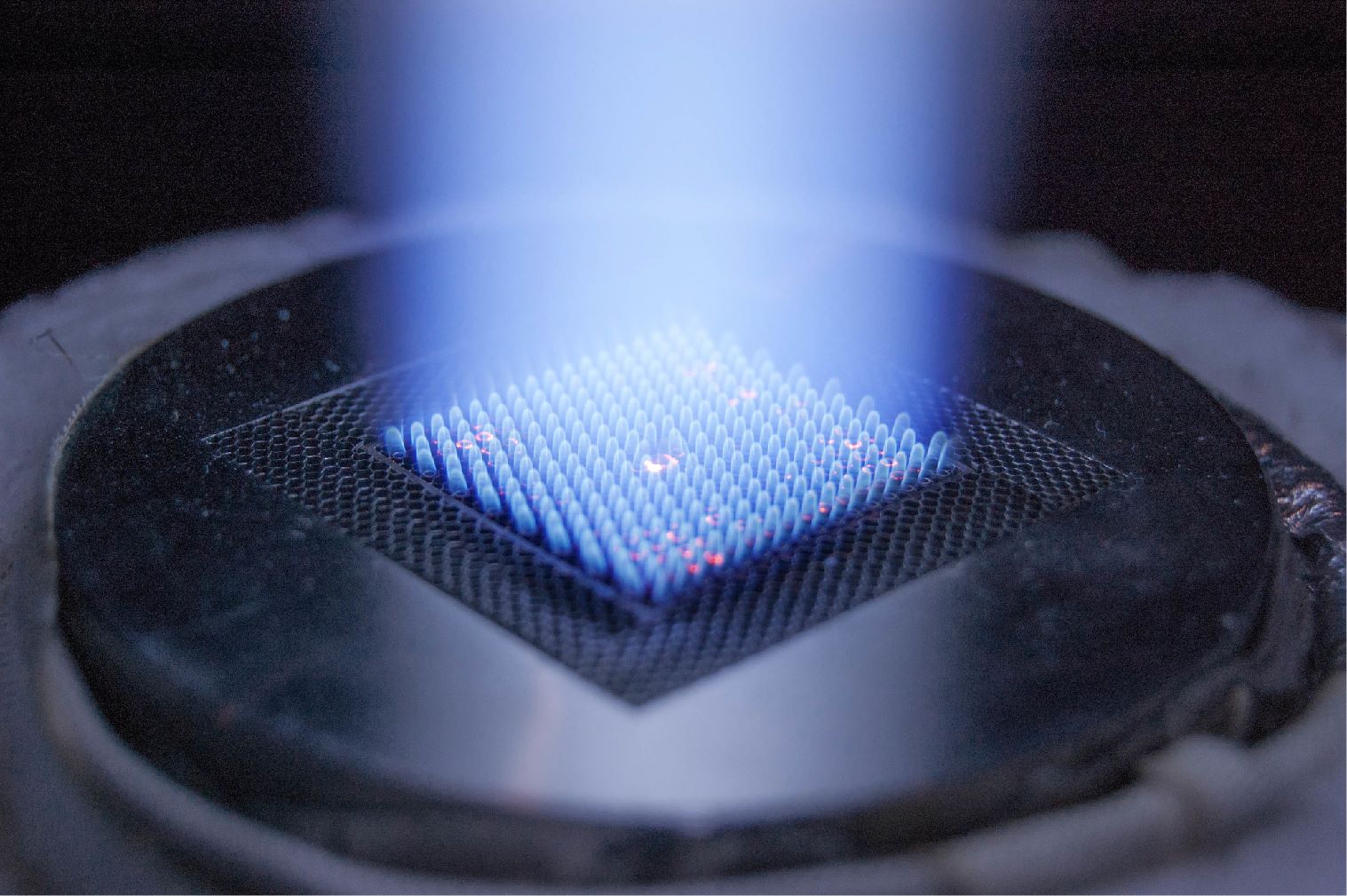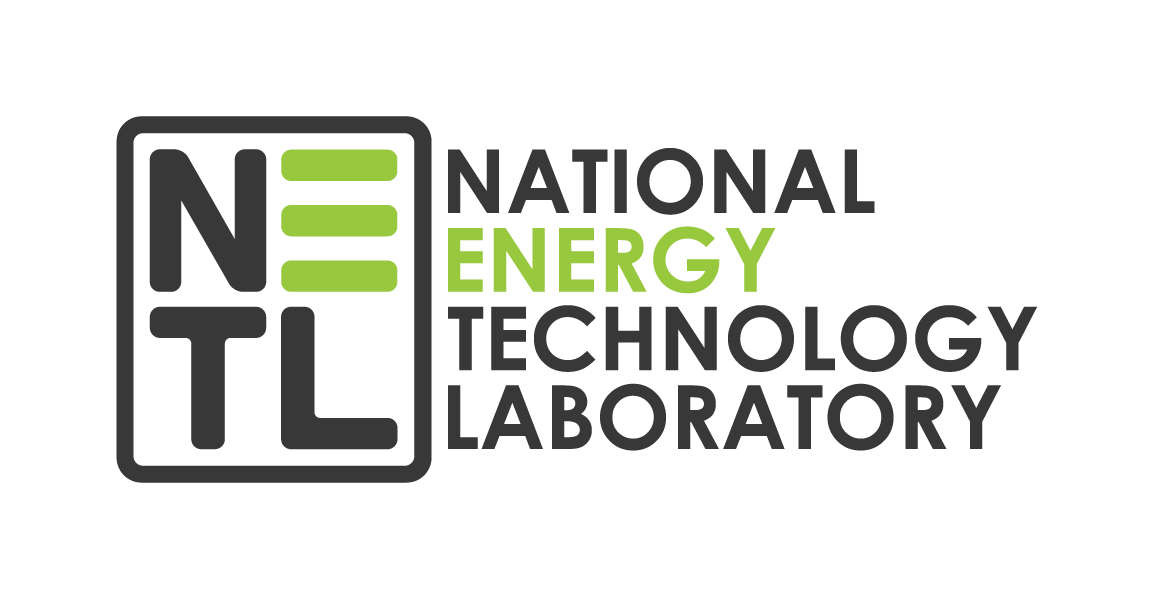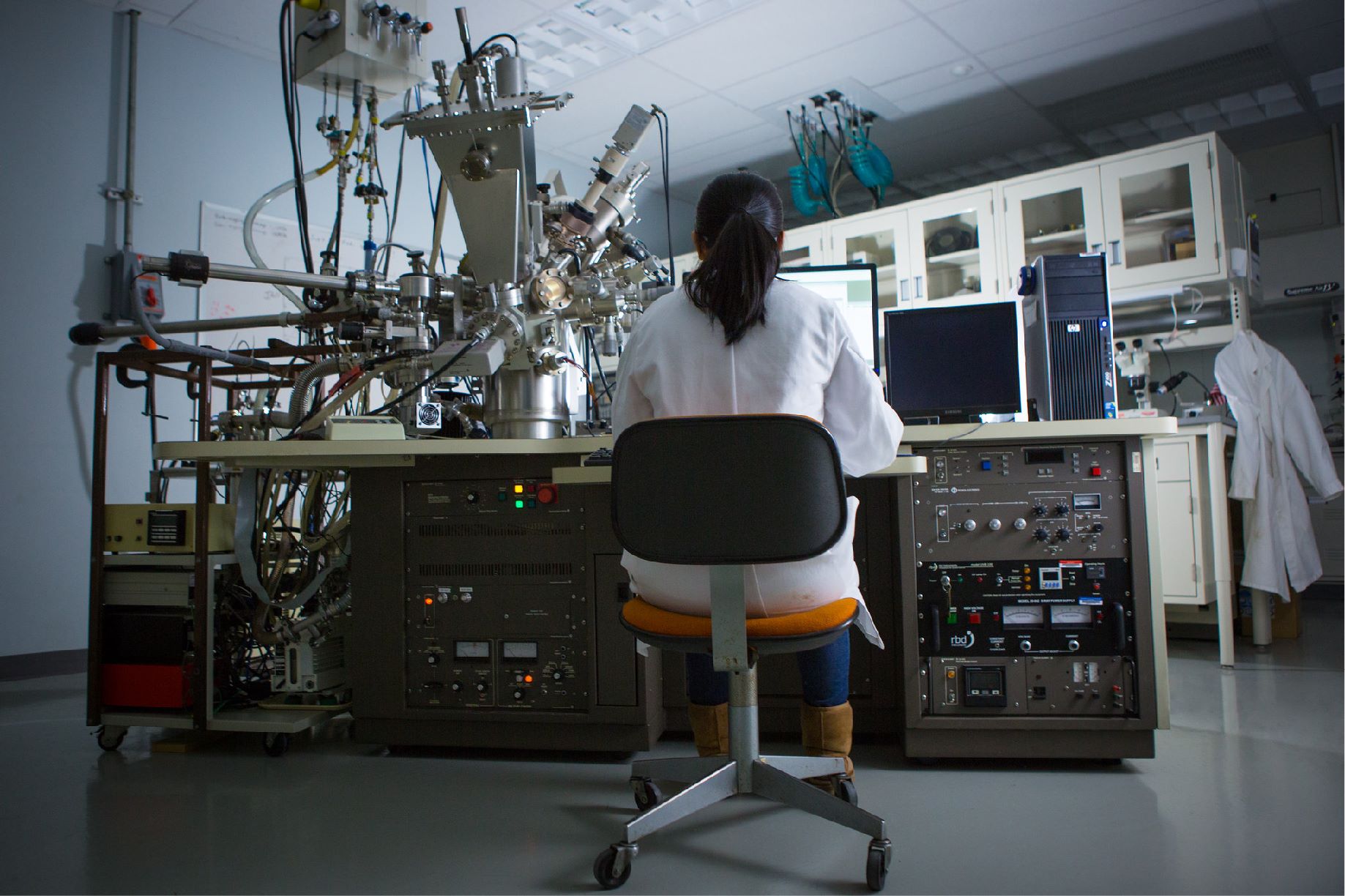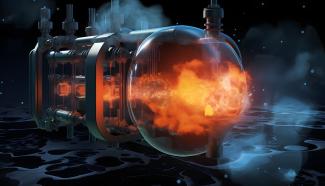NETL researchers have developed and patented a novel catalytic steam gasification process for producing nitrogen-free, hydrogen-rich syngas streams from coal and biomass — a method that can reduce the cost of traditional syngas production.
Syngas is a mixture of carbon monoxide and hydrogen that can be used for generating electricity or to produce liquid fuels. Creating syngas from coal requires gasification, a process that can convert any carbon-based raw material such as coal into syngas. Gasification occurs in a gasifier, generally a high temperature/pressure vessel where oxygen and steam are directly contacted with coal that causes chemical reactions that convert the feed to syngas.
When air is used to provide the oxygen for the gasification processes, the resulting syngas is diluted with nitrogen, which is not desirable. Another option is separating oxygen from air prior to gasification but that is very expensive.
Using just steam without oxygen for gasification results in low syngas production rates and catalysts are required to enhance syngas production. In that steam gasification process, coal is impregnated with a catalytic solution, which must be recovered from ash after the gasification, a process that cannot be easily implemented in a commercial process.
In the NETL patented process, the catalyst remains in the reactor and coal and steam can be continuously added to the reactor avoiding the tedious extra steps required by traditional processes.
U.S. patent number 12,122,967 was issued in October 2024 for the new process.
According to Ranjani Siriwardane, a research physical scientist with NETL’s functional materials team who conducted key research and co-authored a paper about the breakthrough with NETL researchers Jarrett Riley and Chris Atallah, the new process is different from traditional catalytic gasification because the catalyst resides in the reactor bed and enhances the rates of coal conversion.
“Because the resulting syngas stream in the process does not contain nitrogen, there is no need for expensive air separation units that are used in traditional gasification processes,” Siriwardane said. “In addition, hydrogen-rich syngas production rates in the new catalytic process are significantly faster than coal/steam under similar reaction conditions.”
She noted that the process can also be used to produce syngas from other solid fuels such as biomass like wood chips in addition to coal.
The hydrogen-rich syngas that can be produced through the new process has many beneficial applications. Hydrogen has the highest energy content per weight of any known fuel and is an excellent energy carrier. It can be used in combustion engines and fuel cells and has applications in chemical processing, petroleum recovery and refining, metal production and fabrication, and aerospace. Because syngas from the NETL process is not diluted with nitrogen, carbon dioxide produced during hydrogen production from syngas can be directly used for either sequestration or other uses.
The chemical industry is one of the largest users of syngas to produce methanol, a wide range of fertilizers, solvents and plastics like polyurethane and nylon, as well as resins, pharmaceuticals, adhesives and paints.
“Syngas produced from coal can be converted to useful products while providing a method to use carbon from coal without CO2 emissions,” Siriwardane said.
Using gasification processes for generation of electricity from coal will likely play an increasingly important role. The stable price and abundant supply of coal throughout the world makes it the main feedstock option for gasification technologies.
The new NETL process for production of nitrogen-free syngas was demonstrated with a copper/hercynite catalyst, coal and steam in a fluidized bed reactor using Wyodak and Rosebud coals, which are both subbituminous coals, lignite coal, and Illinois #6 coal, which is a bituminous coal.
NETL is a U.S. Department of Energy national laboratory that drives innovation to deliver solutions for a secure energy future. Through its expertise and research facilities, NETL is advancing technologies to unleash America’s affordable, reliable, and secure domestic energy and natural resources.




